7 things you can clean with cream of tartar around your home
Learn how to use cream of tartar as a brilliantly effective household cleaning agent


Whilst it may not be as widely used as vinegar or salt, cream of tartar is an effective cleaning solution that you can utilize in many ways around your home.
Cream of tartar is a gentle acid with fine abrasive qualities that make it useful when cleaning delicate or tarnished surfaces. Unlike some of the more harsh chemicals that can corrode, discolor, or etch surfaces, cream of tartar gives all of the power of an acid cleaner but without the strength.
Being nontoxic and food-safe makes cream of tartar another great green alternative to chemical cleaners, similar to other foods you can clean your home with.
7 things you can clean with cream of tartar
Cream of tartar is a versatile and effective cleaner that can tackle a variety of household tasks. Here are our expert cleaning tips for using cream of tartar, and how to restore your household items to immaculate condition.
1. Silverware
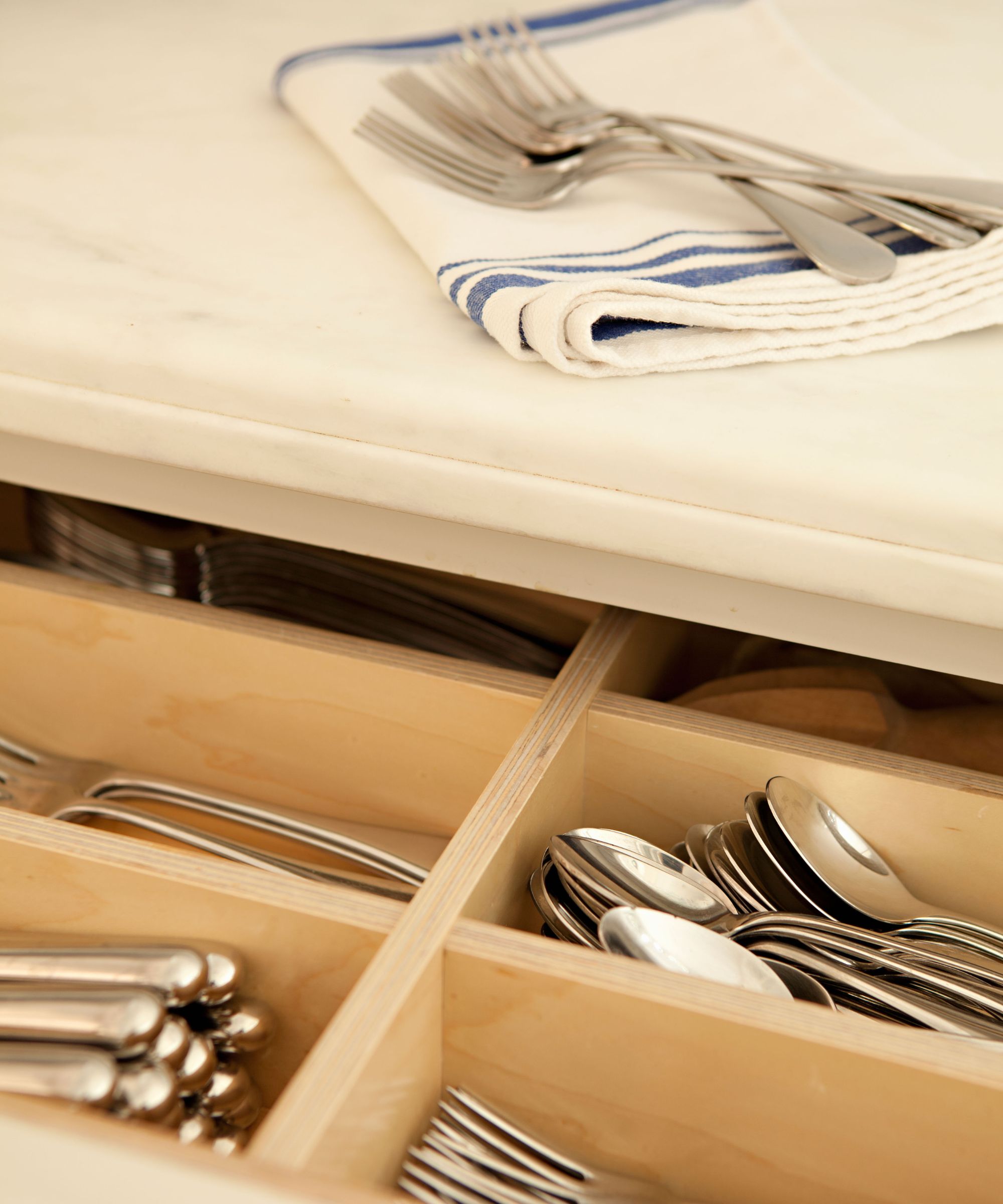
If you are struggling to learn how to clean silver, then cream of tartar may be the solution you are looking for. ‘Over time, silverware naturally tarnishes as it’s exposed to the sulfur compounds in the air, which turns it dark and lifeless,’ says Karina Toner, operations manager at Spekless Cleaning. ‘Cream of tartar provides a solution that is gentle, yet effective, without the harshness of commercial polishers that would typically damage fine silver.’
Start by mixing two tablespoons of cream of tartar (such as the all natural McCormick non-GMO one available at Walmart) with lemon juice to create a thick paste. Massage the paste into tarnished areas using a soft microfiber cloth by rubbing gently in small, circular motions, focusing on heavily tarnished spots.
Next, let the paste sit for 10 minutes to allow the acid to break down the tarnish. Rinse the silver well with warm water and buff dry with a clean, dry cloth.
Design expertise in your inbox – from inspiring decorating ideas and beautiful celebrity homes to practical gardening advice and shopping round-ups.
Being slightly acidic, cream of tartar helps to dissolve the tarnish without scratching or wearing down the silver. Combined with the little extra cleaning power from the lemon juice due to its natural citric acid, this combination will help restore even the worst tarnished pieces.
2. A burnt iron plate
If an iron plate is not cleaned straight away, scorch marks from overheating or burned fabric can form on it and transfer to your clothes. Cream of tartar allows you a safe, non-abrasive route to remove such stains and prevent fabrics you iron later with it getting marks on.
Cream of tartar consists of very fine granules that work on breaking down the burnt deposit without scratching the iron's surface. This method will not ruin the non-stick coating like some abrasive cleaners do on newer irons.
Before cleaning the iron plate, make sure it's is completely cooled off and unplugged. Take your cream of tartar and sprinkle a large amount directly onto the plate. Next dampen a clean cloth with water and gently scrub using small circles on the plate.
For more severe stains, let the cream of tartar sit on the plate for five to 10 minutes before cleaning. Afterwards, use a different, clean and damp cloth to remove the residue and dry the iron thoroughly. You can also alternate between cream of tartar and cleaning the bottom of an iron with vinegar.
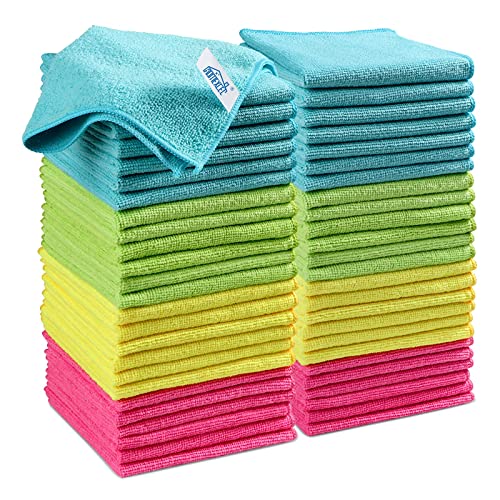
An Amazon bestseller, this multi-pack of microfiber cleaning cloths are perfect for all sorts of cleaning jobs around the home. Machine washable and in four various colors, you can allocate a color to certain rooms, areas of the home or particular jobs for ease.
3. Sneakers
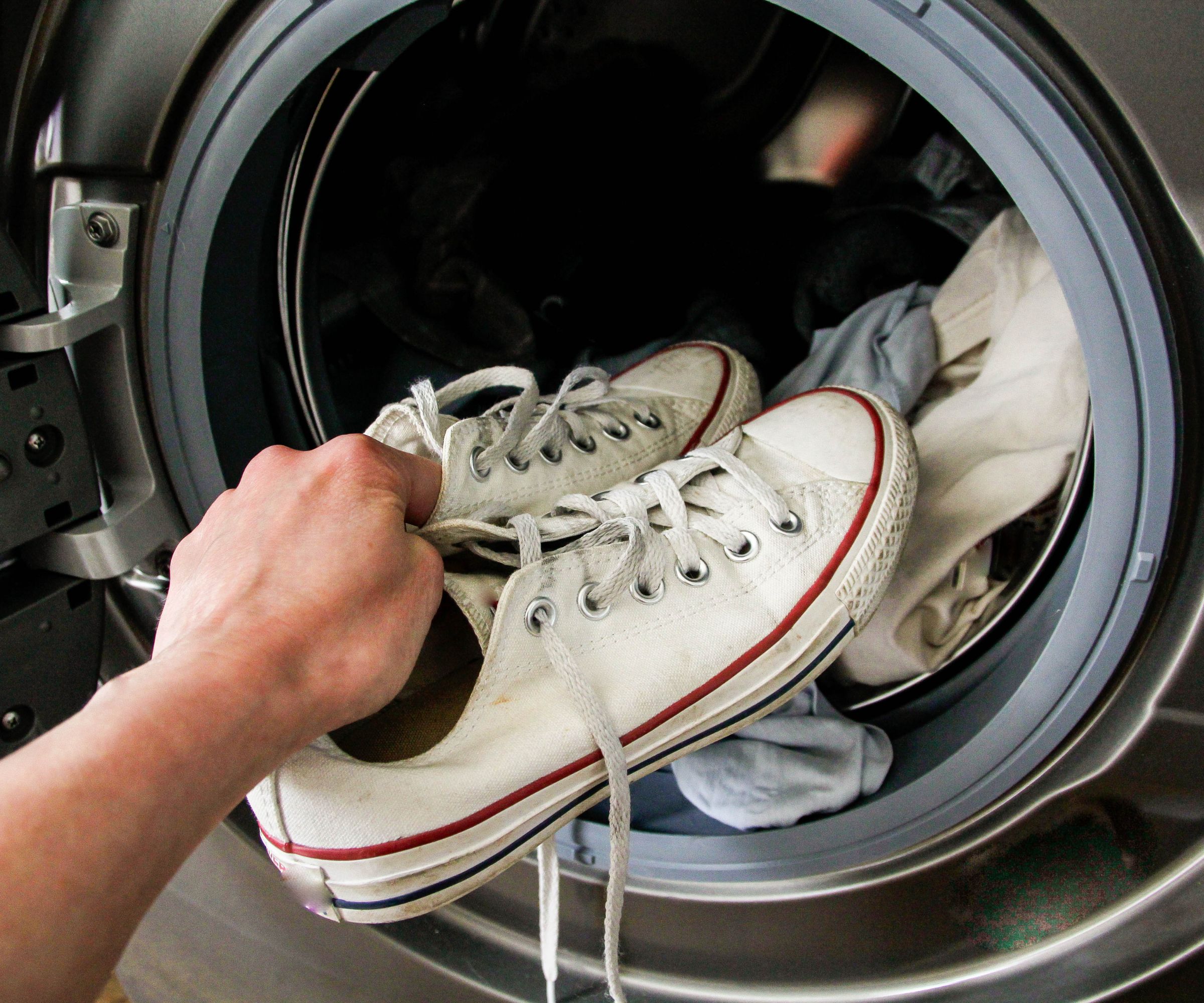
Unfortunately, white and light colored shoes get dirty very easily, especially around the soles. Cream of tartar is effective but delicate enough to use when washing sneakers, restoring them resorting to chemicals that might burn the cloth or rubber.
To start the restoration process, cleaning expert Will Cotter, COO of FreshSpace Cleaning, suggests combining equal amounts of cream of tartar and baking soda, then mixing them with a little water to form a thick paste. Next, apply the paste to the soiled areas of your sneakers using a toothbrush or a soft scrubbing, such as the OXO nylon cleaning brush from Walmart. The sole and areas around the seams often trap more dirt so start there.
Let the paste sit on the shoes for 15-20 minutes to give the ingredients some time to lift any embedded dirt and stains. Scrub again before wiping the paste off with a cloth that's been dampened, and air dry after.
Cream of tartar and baking soda combine to form a mildly abrasive paste to break down grime and stains without damaging the fabric. Cleaning with baking soda is great for tackling odors as it's nature's deoderizer.
Head of solved and Homes & Gardens, Punteha van Terheyden, sprinkles baking soda overnight in sneakers before tipping into the trash for freshness.
4. Coffee maker
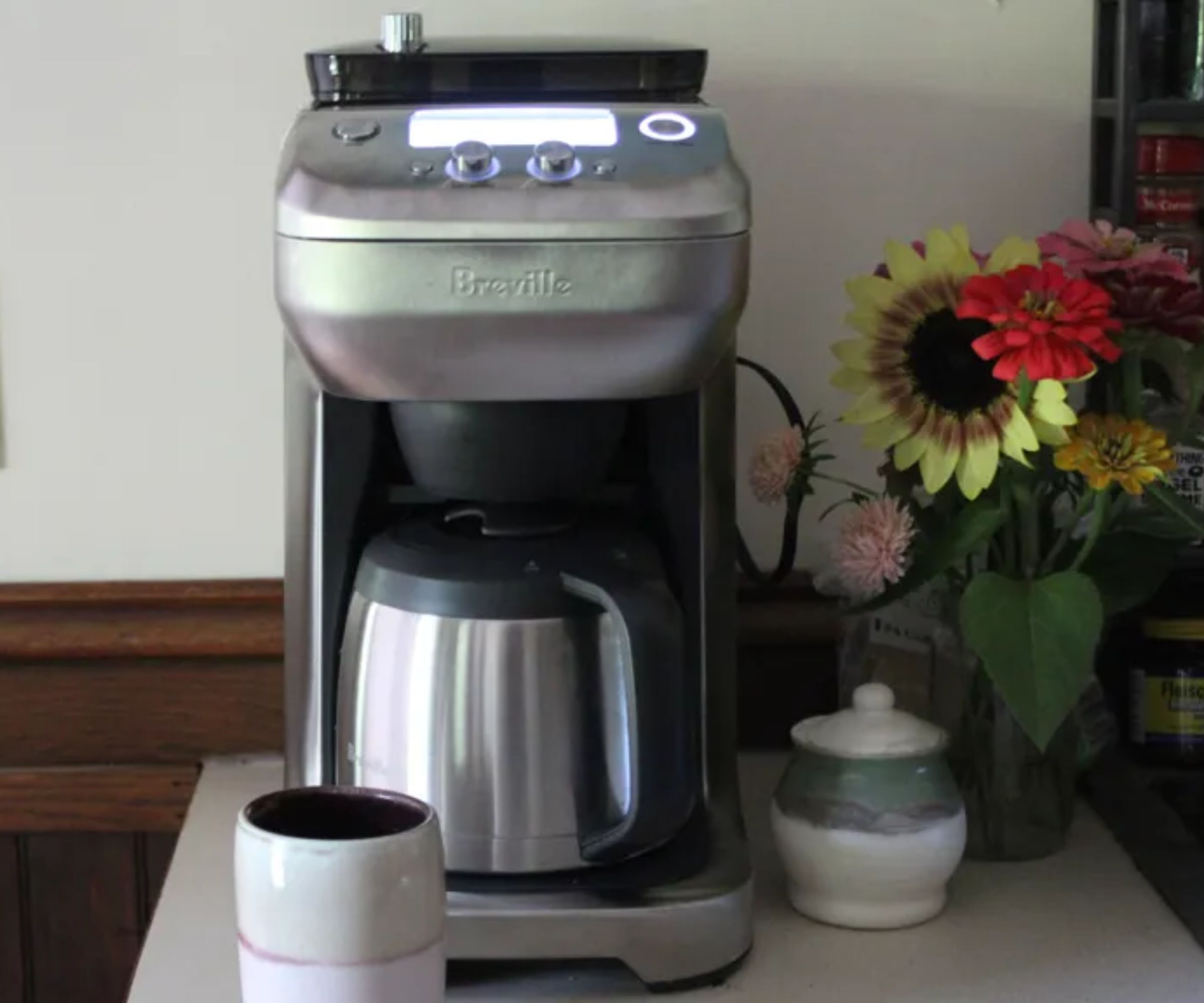
Over time, mineral deposits build up in even the best coffee makers, especially if you live in a hard water area. Cream of tartar is highly acidic by nature and can help to dissolve these minerals without threatening the internal parts, whilst also clearing built-up coffee oils that might impact the taste of your brew.
To use cream of tartar to clean a coffee maker, mix two tablespoons of cream of tartar in the coffee maker’s reservoir. Add water into the reservoir and run a short cycle without putting any coffee grounds.
Let the solution run through the machine as it will help break down mineral buildup and oils from coffee. After the cycle has completed, wash out the reservoir and run two more cycles of clear water to get rid of any remaining cream of tartar.
5. Marble countertops

The difficulty with cleaning marble countertops is that it's a porous stone which means that it can become easily stained and is more vulnerable to scratches from chemical-based cleaners. Cream of tartar offers a safer, more effective method to cleaning these countertops without scratching this beautiful surface.
First combine two tablespoons of cream of tartar into a thick paste with water. Apply the paste onto the stained area of marble using a soft microfiber cloth from Amazon, making sure not to scrub too hard on the surface.
Rub the paste in a circular motion on the stain and then let it rest on the discolored area for around 10 minutes, allowing the acid to break down the discoloration. Finally wipe with a dampened cloth and dry the area with another soft towel.
6. Toilets

Toilet bowls are a breeding ground for harmful bacteria, and are one of the dirtiest places in a bathroom. If you want to avoid harsh chemicals, you can clean with vinegar or cream of tartar. To begin, sprinkle some cream of tartar in the toilet bowl. Next, use your toilet brush to scrub. Once scrubbed, flush the toilet and the stains will have disappeared.
For more stubborn stains and rust, add a few drops of water to the cream of tartar to form a paste and apply. To keep the paste moist and in place, you can try covering it with plastic wrap which should hold it in place.
When used together, cream of tartar combines with the acidity of vinegar to break down the dirt and bacteria in the toilet bowl as well as disinfect the area.
7. White laundry
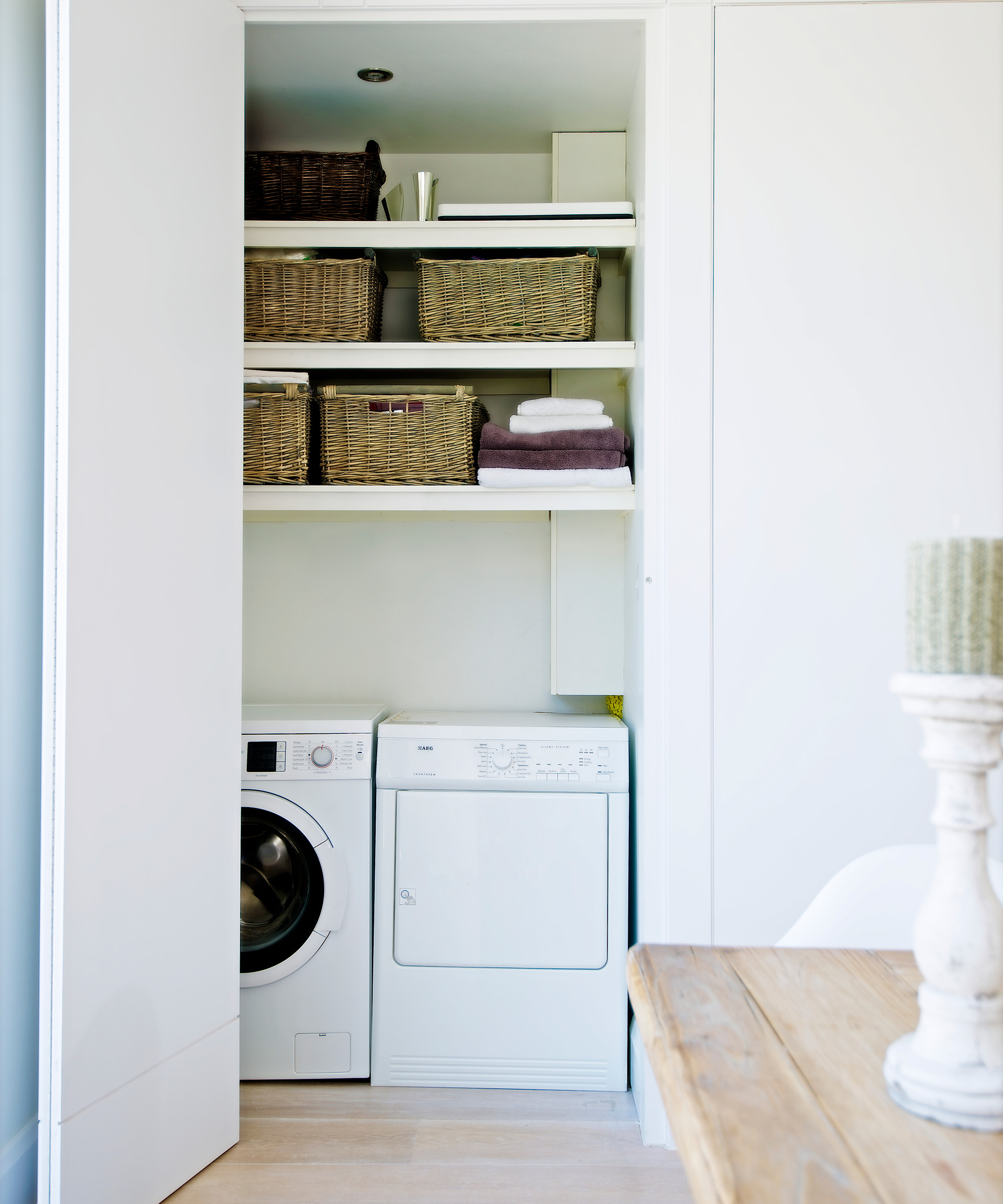
Finally, cream of tartar is extremely effective in cleaning and brightening white laundry, acting as a natural bleaching agent, helping to brighten whites without the harshness of chemical bleach.
According to professional cleaner and organizer Jill Koch of Jill Comes Clean, there are multiple ways to use cream of tartar for whitening your clothes.
For pre-soaking, mix a teaspoon of cream of tartar with warm work and apply onto the clothing. Alternatively, for tougher ink or red wine stains, combine the cream of tartar with lemon juice while cleaning and dab the solution onto the stain. Let it sit two to three hours. Finally wash the stained clothes as you would normally and the stain should have come out.
FAQs
How long is cream of tartar good for after opening?
If stored correctly in a cool and dry place, cream of tartar does not expire. If you notice the cream of tartar has discoloration or an overly strong acidic smell, it is time to discard.
When using any household cleaning product it's important to try a patch test before fully committing to cleaning that item. Due to its acidic properties, cream of tartar is very effective at cleaning but can sometimes cause unwanted damage or discoloration, so make sure you test it on a small inconspicuous area first.
Next, learn about our expert-led cleaning shortcuts that will make your chores easier.

Seraphina is a contributing editor at Homes & Gardens, writing Solved features on organizing and storage. She loves to decorate and also grow her own produce from her home in London. Her previous experience includes working at Women's Health and Fabulous Magazine.